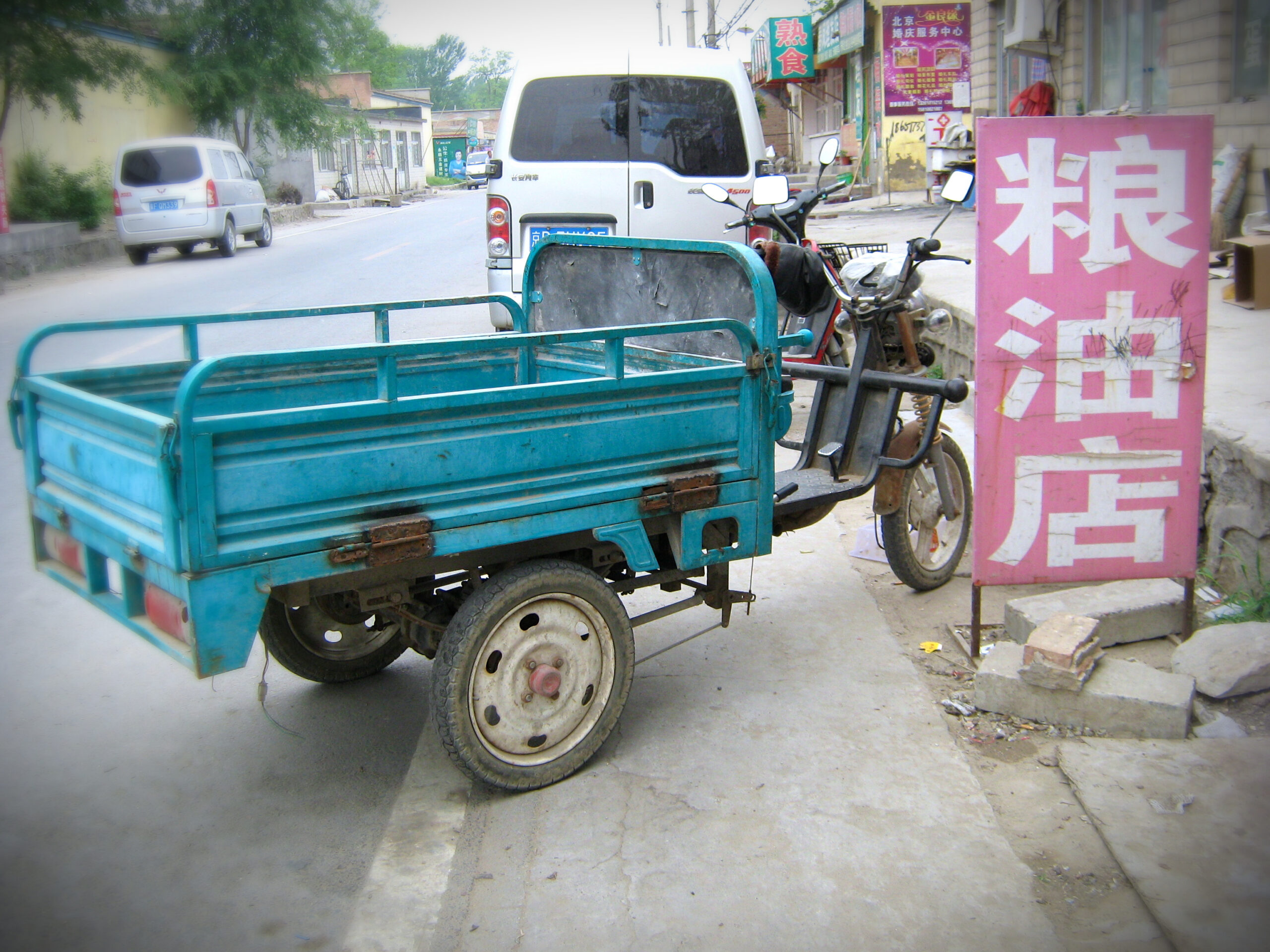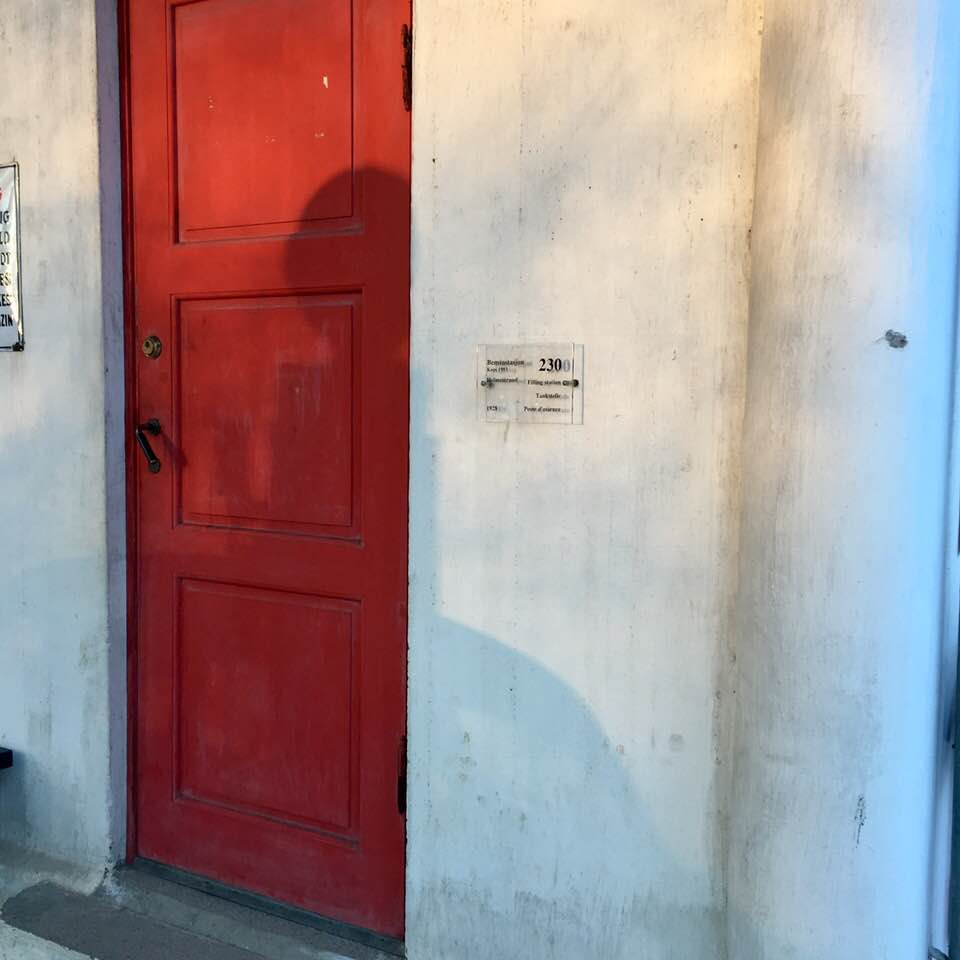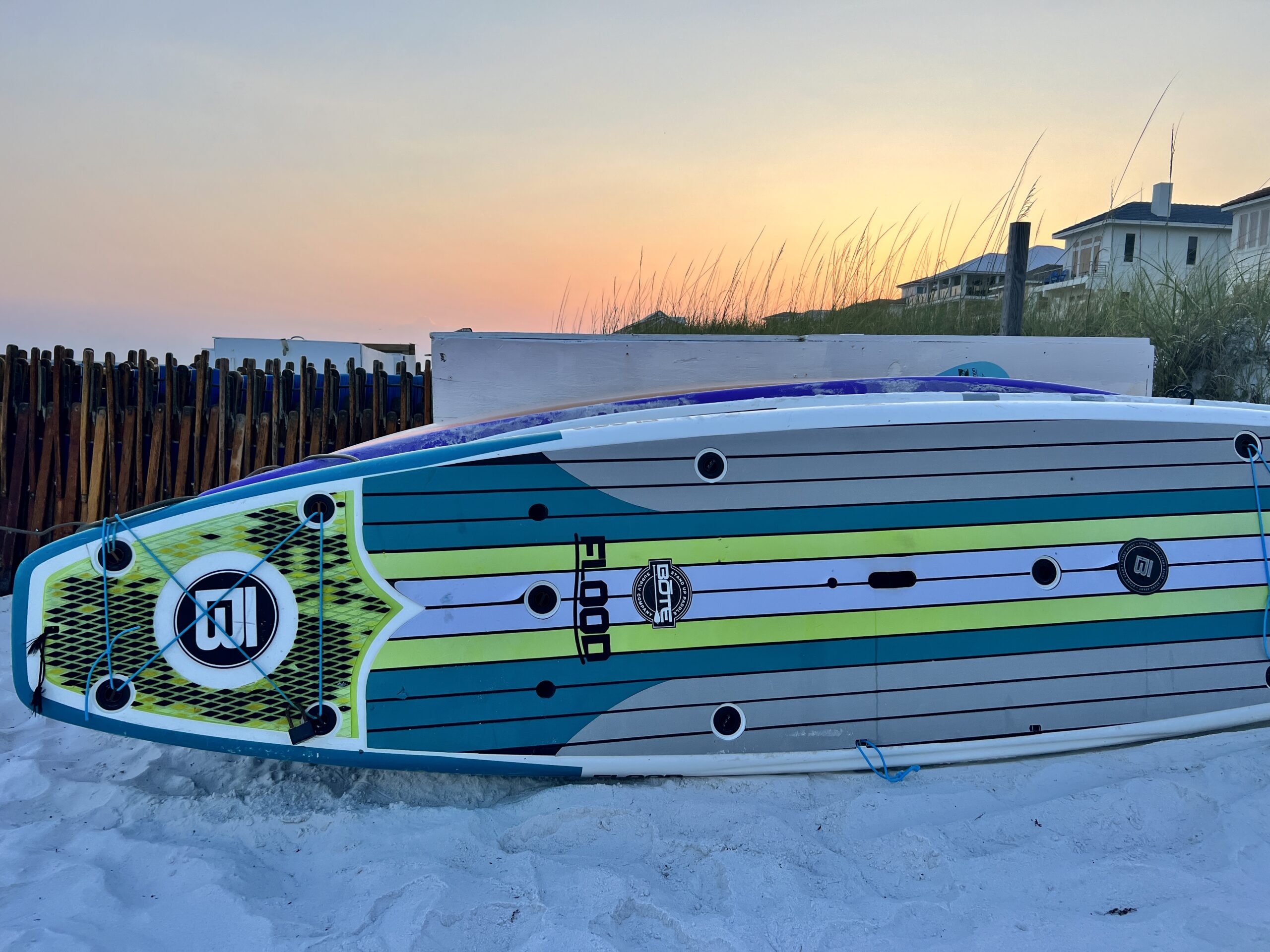
How to Plan a Trip Itinerary So You Don’t Miss a Thing
If you get excited about travel like I do, then each new destination is a brilliant, shiny gold nugget just waiting to be cracked open and explored. But all of the possibilities can feel overwhelming. So much to see! So much to do! How do you do it all?
These steps can help you plan a trip itinerary that’s as detailed or as loose as you choose. Using the same process, you can create an airtight guide so comprehensive that you need a vacation from your vacation, or you can create a general framework that gives you serendipitous downtime but ensures you hit the highlights.
Either way, this investment in research on the front end is time well spent, allowing you to maximize your experiences and minimize the time you spend getting around and figuring it out.

Plan a Trip Itinerary in Online Notes
Establish a place where you’ll keep notes for your trip. That might be a shared Google Doc or Evernote; both live online, so you can access your plans from anywhere. And both allow contributions and collaboration by others.
Begin your research into your destination with the area’s visitors bureau. Their website is typically a treasure trove of reliable information.
In addition to reading through their site, sign up for the bureau’s newsletters and — if there is time before your trip, because sometimes it takes six weeks for them to arrive — order printed guides. These sometimes include discounts and provide interesting reading material in the car or on the plane.
In your notes, begin to make a list of the places and activities that you like the most. Rank them in a way that’s meaningful to you, so that as you run out of time to get to everything, you can peel off the least interesting. As you go, include a link to the attraction’s website, the physical address, ticket prices or entrance fees, and operating hours.
Make a similar list for any restaurants that you want to try. Food is a key way to experience a destination — look for local dining that features the specialties of the region.
This initial overview from the visitors bureau’s website will likely lead you to at least a general sense of the place(s) in your destination in which you want to spend time. And that will help you later to choose your accommodations.

Fine Tune by Proximity and Day Part
Begin to sort activities by location. For example, if there are three things you might like to do in the downtown area, then cluster them together in your notes. You can refine this based on the scope of your trip; if you’re canvassing a city, then group activities into neighborhoods. If you’re seeing a region, cluster the activities into broader areas. You’ll thank us later when you aren’t wasting time driving past attractions getting to and from other attractions.
Google Maps has a very useful mapping tool to help plan a trip itinerary. When you have a list of places that you want to visit in your destination, you can plug them into the My Maps feature and drop pins for each. Most businesses will pop up with a link to the website, and you can add additional details in a note to yourself from your research. It won’t replace your trip itinerary notes, but this is a great way to visualize your activities clusters and see where potential accommodations are in relation to the attractions you want to visit. Create a link to your map and include it in your notes.
Next list the days of your trip in your notes, including both date and day of the week. This is critical as you plan a trip itinerary, because some places are closed on certain days of the week; others are closed on certain dates. If there’s a must-see destination on your list, you don’t want to save it for the last Wednesday of your trip, only to discover that it closes every Wednesday.
Begin to slot your clumps of activities into the days of your trip. I like to front-load my itineraries with my can’t-miss experiences, just in case weather, illness or a freak event makes it impossible to attend on the planned day; this way I can try again before my trip is over.
Now you’re ready to organize those activities by day parts. Unless it’s an all-day event, then you can place attractions and activities into morning, afternoon and evening slots. Including the hours of operation in your initial wish list will pay off here! This is a good time to Google your attractions or plans to see what other tourists have said about the length of time it takes to experience a place. Does it take two hours to get through? Four hours? Allow a little extra time for parking and breaks.
If you come across other tips from visitors along the way, save them to your notes per attraction. Are outside snacks prohibited? Will you need a jacket or special gear? Are there lockers for bags? Learn from previous visitors’ pointers.

Identify Options for Food, Transportation and Accommodations
Once you have the skeleton of your itinerary, you can begin to add in the restaurants. I tend to forget to allow time to eat when I plan a trip itinerary and sometimes miss out on local fare. (If you’re traveling on a budget, choose one meal per day as your dining experience, and put together other meals from the deli section of local grocery stores or a hotel’s free breakfast.)
Now is the time to figure out transportation and accommodations as well. Can you navigate between your events and attractions via public transportation? If so, include in your notes specific details about the stops where you’ll embark and disembark (I like to note the stop right before mine as well, so I have a heads up); how to get tickets; the hours of operation; and the cost. Most public transit systems have an app; this is a great time to download that.
If you’ll need to rent a car, begin to gather prices and pickup/dropoff locations. If you search in incognito mode, you’ll avoid prompting rental agencies to jack up their rates when you return to book a car. (Yes, they’re watching you!)
And start to make a list of hotels or short-term rentals that fit your transportation needs (proximity to public transportation, a free shuttle, free parking); your destination needs (proximity to your activities and events); and your accommodations budget. I like to start with an aggregator such as hotels.com or booking.com to filter by location and other needs (pets allowed, breakfast, parking), then follow up on the websites of the hotels on my short list to see if I can get a better price or amenities.

Begin to Book Your Trip
When you narrow your choices and have your activities, transportation and accommodations planned, you can start to commit. Book everything as early in advance as possible — since the pandemic, it’s even harder to get last-minute deals or show up and expect to enter without a ticket. You’ll save loads of time, money and disappointment by booking ahead of time.
As you secure confirmation numbers and other booking details, add these to your notes. This way you have a one-stop shop for every pertinent detail throughout your trip. Of course, you still should add tickets to your digital wallet or apps, as well as print out copies to take along. But keeping your plans and pertinent information such as websites, addresses, confirmation numbers, costs and hours in one shareable document makes it easy for you when you’re out and about, as well as for your travel companions or your friends and family at home. (Share this with the trusted person who will be looking after your home while you’re away as well.[insert link to that piece])
Taking the time to plan a trip itinerary is a way to get to know a little about a place before you arrive, and to relish the anticipation. It’s helpful in budgeting and packing as well. And you’ll be set for our trip preparation checklist [insert link to that piece] — you’ll especially find it easy to organize important documents. (Pro tip: As you book each aspect of your travel, print out the confirmation emails, scan them into your phone, and put them in a single manila folder for the trip.)
Maybe each day of your itinerary has five stops; maybe each has just one. Whatever your idea of fun, organizing the details ahead of time makes traveling as smooth as it can be.

The views expressed on this website represent the opinions of the authors; we encourage you to form your own opinions and confirm any facts.
This post may contain affiliate links. If you shop or make a reservation through these links, we may make a small commission (for which we are very grateful!) at no extra cost to you. Not all links are affiliates, and we only suggest products and places we have experienced.



